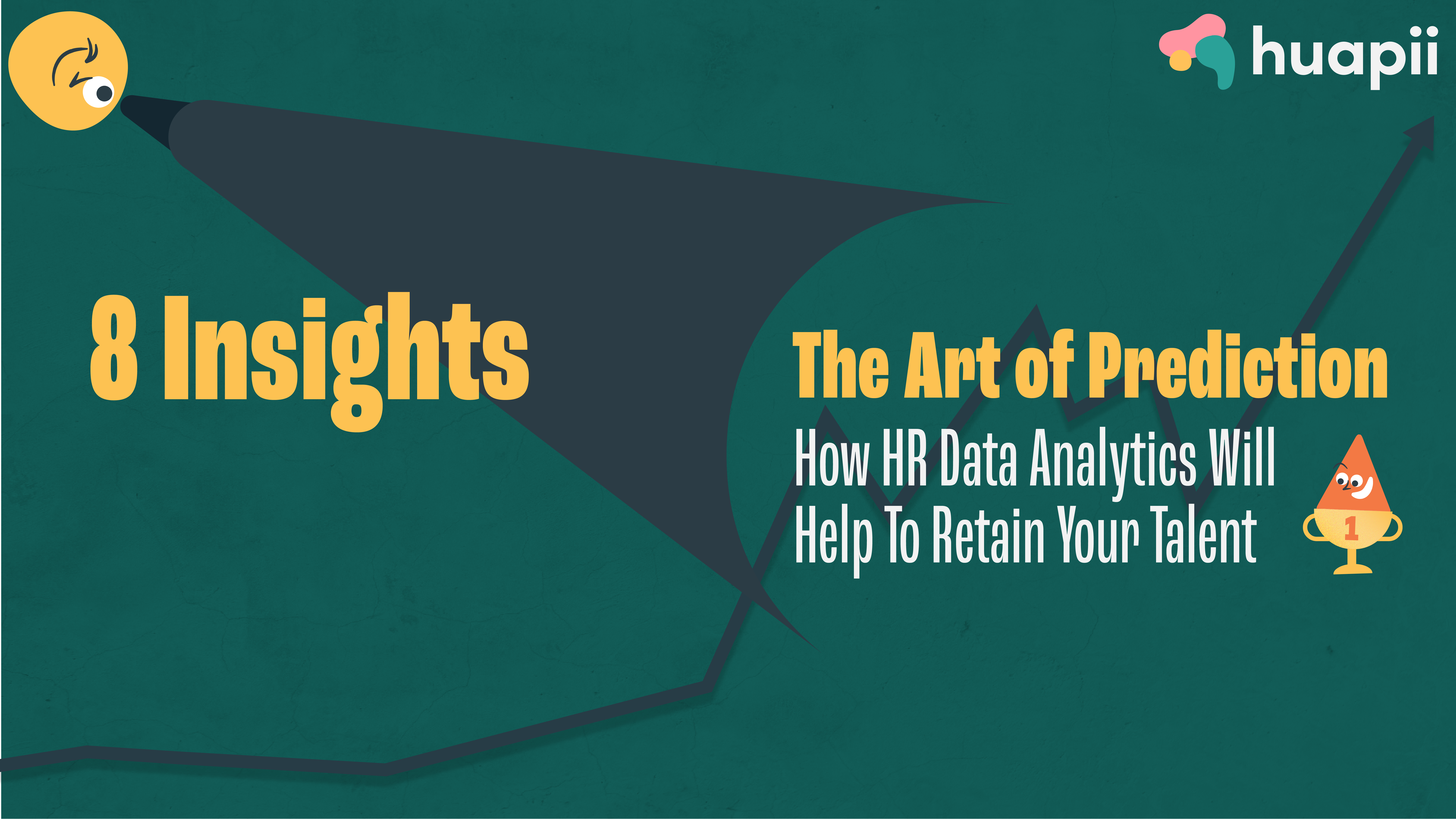
# 1. The Balance Between Intuition and Data
Strike a balance between gut feeling and data analytics. Both have a place in decision-making. While data provides the objective reality, gut feeling often accounts for the human element that data may miss. An example highlighted was the ‘nine-ender effect‘ – a pattern where people are more likely to start a marathon at ages ending in nine (29, 39, etc.) and are more likely to make life-changing decisions. Perhaps a good time to ask your 49-year-old colleague Steve what his “actual” plans are for next year at the coffee machine? Timestamp
# 2. Understanding the Drivers of Employee Turnover and Retention
While predicting who might leave is useful, understanding the ‘why’ behind their decisions can help organisations intervene and possibly prevent unnecessary turnover. And the ‘why’ of people staying is just as useful. Exit interviews are easy to implement and rich in insights. Surveys and general conversations can also be used to understand these dynamics. Timestamp
# 3. The Magic is in the Data Combination
The power of combining disparate data sets to derive insights. For instance, data on salary and wages can give insights into employee satisfaction and retention rates. For example, a sudden high wage increase can predict an employee’s likelihood to leave – a phenomenon linked to the Peter Principle, where employees reach a point where their role exceeds their skills, potentially leading to burnout. Timestamp
# 4. Contextualising the Data
Look beyond generic factors and consider the unique context of their company. Benchmarking against peers is crucial, but understanding your organisation’s specific circumstances and data points is just as important. One key example was network analysis of email traffic to predict burnout risk. Employees centrally located within these networks are less likely to experience burnout than those on the fringes. Timestamp
# 5. Pick your battles
If your benchmarking data reveals your turnover and absenteeism rates are already below average compared to peers, investing further effort may not be worth it. Employee departures and sick leave are a normal part of business operations. Timestamp
# 6. The Aim is Insight, Not Prediction
Focus on insights rather than predictions. While predictions can be helpful, they should not be the ultimate goal. The real value of data comes from the insights it provides and the actions these insights can drive. This means starting with the challenges your organisation wants to solve and then looking at the data available to address these. Timestamp
# 7. The Importance of Data Interpretation
Not all data sources are equally valuable or ready to be combined, and proper statistical knowledge is needed to interpret the data correctly. It’s crucial to understand the context of each data point and reflect on its implications before making decisions. The much-dreaded statistics class from university finally proving its worth in the real world. Time to dust off the old college books? Timestamp
# 8. A Data-Driven Mindset
On the other hand, don’t let concerns about the quality of the data hold you back. Begin the process! By actively working with the data, you’ll develop the necessary data-driven mindset. Also, this hands-on approach will help you identify the areas where data can add the most value. Timestamp
You can rewatch the webinar here.
_______________
